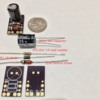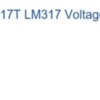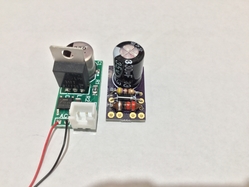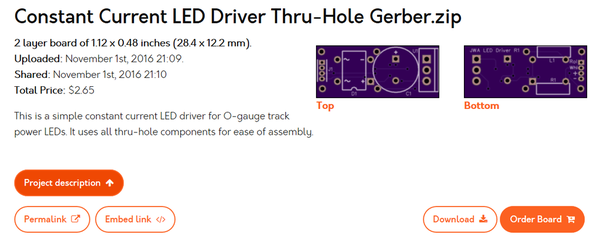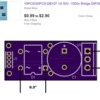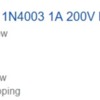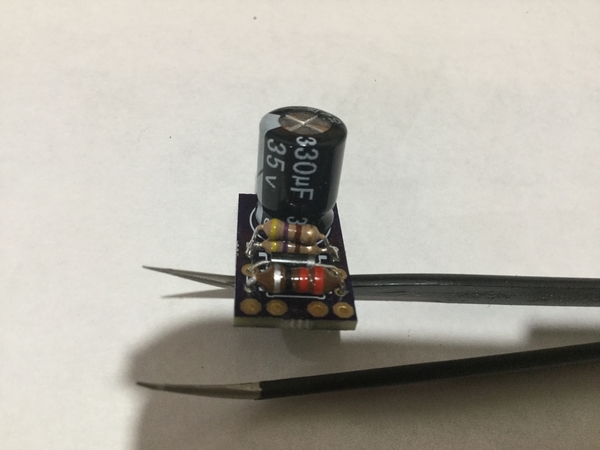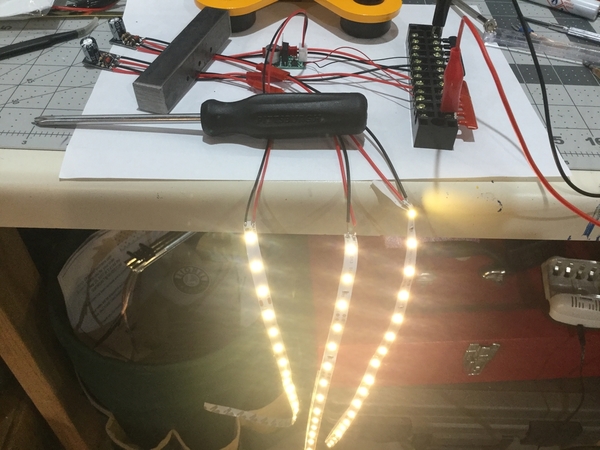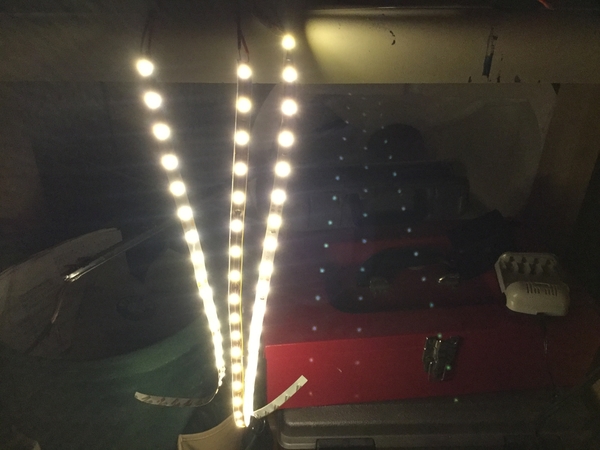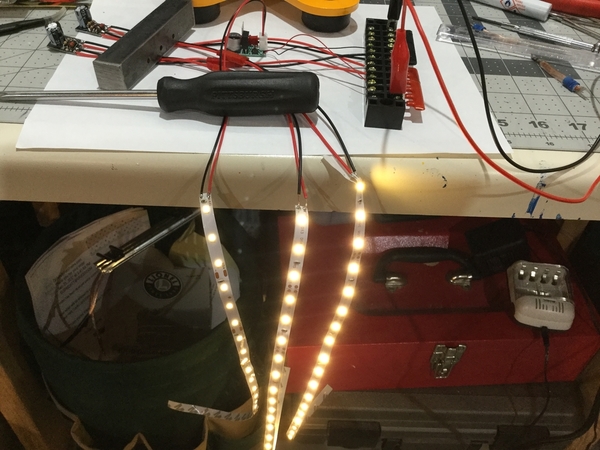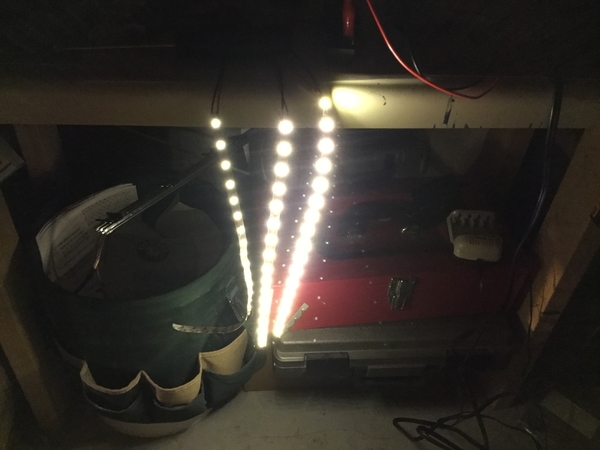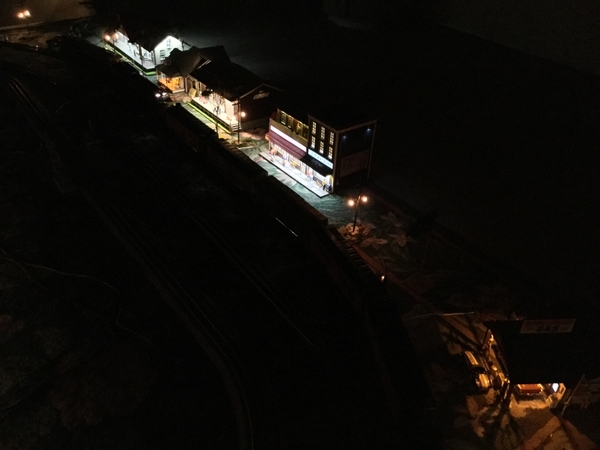I use ac/dc and dc/dc step down converters for my led lighting on the layout in many ways. They work great. They don’t lend themselves to use inside passenger cars or small applications quite so well, however, so I have purchased components from various sources and assembled my own led conversion modules. On some occasions however, I have need to reduce/adjust the lighting brightness to suit my taste. To that end, I would like some advice/help in adding a trimming potentiometer to this led lighting module. My ignorance makes guessing at alternatives not particularly attractive. I realize there are many commercially available products including other pcb designs to complete this task, but first, I’m cheap(these are $1.07 for each module in components), and second, I get a kick out of assembling the modules myself(about 10 minutes) and they actually work! I appreciate any thoughts forum members might have. Thx in advance for your advice. Please ask if additional information is necessary.





